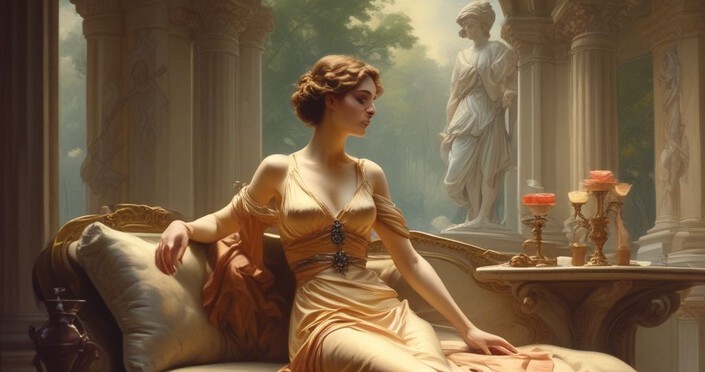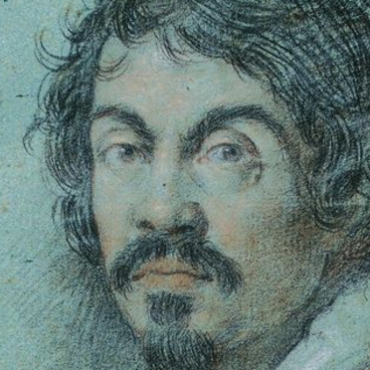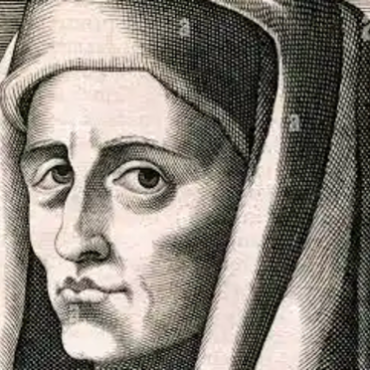Neoclassicism and Romanticism

What is Neoclassicism?
Neoclassicism was a movement used by artists in visual arts and which generally emphasized on austere linear design while depicting subject matter and classical themes by use of archeologically right outfits and settings. It came about partially as response to the dizzy and aesthetic Rococo style that was quite decorative and which dominated the 1720s’ European art. Writers who offer history assignment help at Edudorm essay writing service notes that Romanticism on the other hand signified art works whose main effect and impulse derived from an individual reactions rather than collective ones. It emphasized the personal, the imaginative, the subjective, the emotional and including the moving and visionary art works. The Romantic Movement developed first in northern Europe and rejected technical standards whose basis was classical ideal that art has to done perfectly[1]. This paper aims at comparing “The Loves of Paris and Helen”by Jacques-Louis David, which represents the Neoclassicism and Eugène Delacroix’s “Medea About to Kill Her Children (1838)” that is a representation of Romanticism.
Neoclassicism in the Loves of Paris and Helen by Jacques Louis David
The painting by David is depiction of self-indulgence and eroticism and shows antimonarchical references to neoclassicism and seems to concern the idea of freedom and bondage. In time when Paris seemed to choose love over power and wisdom, the artist is alleged to have found a metaphor for the narcissism and the cases of duty evasion at the time of French Revolution, and in this painting he expressed the notion of symbolic liberty. The artist provides a traditional scenography of calm and laxity. The painting shows Paris and Helen risking to ultimately losing all to surrender to their physical passions[2]. Experts who offer history essay help at Edudorm essay writing service indicates that this painting invites any viewer to start speculating on the psychological forces that seems to have shaped the literary history of both Helen and Paris, while concentrating at their choices as humans but not only their passionate love. More importantly, the artist represent both lovers as beautifully alike, female and male incarnations of the same carnal nature. In the old mythological tradition, Helen is also regarded as the most beautiful woman all over the world[3]. Through this representation, Paris is shown with soft and delicate female features, to serve as balance to the firm muscular bodies, to portray the changing gender roles in future Paris.
Romanticism in Medea About to Kill Her Children (1838) by Eugène Delacroix
On the other hand, Delacroix painting seems to depict a theme of the power of a woman. The artist portrays a symbol of a mother with holding her children with a sword in hand. Medea’s body language shows anxiety. While David’s painting was a depiction of freedom and self-indulgence. The Delacroix painting represents a situation of romanticism where there is lack of freedom but a woman who in anxious and in bondage. The anxiety portrayed is confusing since the interpretation of the painting should be that Medea is not protecting the children but is about to kill them herself[4]. The absence of any pursuer evokes a motif that can be associated an animal. Authors who offer history case study help at Edudorm essay writing service points that unlike David’s painting, the Delacroix painting does not portray a beautiful woman, but a dangerous and hardened woman who is about to act in violence[5]. The painting represent Delacroix’s perception of an independent woman like Media left to do as she desires, as means of discouraging freedom of women.
Conclusion
The Neoclassicism movement employed by David was a representation of the societal issues in a specific historical times. However, the Romanticism movement used in Delacroix’s painting depicts a personal view or perspective on the society at a time.
References
https://artsandculture.google.com/usergallery/2gLi25OiOLA4KA
[1] Palmer, Allison Lee. 2011. Historical dictionary of neoclassical art and architecture. Lanham [Md.]: Scarecrow Press. http://public.eblib.com/choice/publicfullrecord.aspx?p=653873. 7-10
[2]Kamins J. 2014 .Who Is Paris? Gendered Ambiguity in Jacques-Louis David’s The Loves of Paris and Helen (1788-89).
[3] Kamins J. 2014 .Who Is Paris? Gendered Ambiguity in Jacques-Louis David’s The Loves of Paris and Helen (1788-89). Retrieved from: _
[4] Shamra S. 2012. Warning against Empowered Women in France: Eugene Delacroix’s Medea about to Kill Her Children. Limerick Student Journal of Sociology. Vol. 4 (1)
[5] Shamra S. 2012. Warning against Empowered Women in France: Eugene Delacroix’s Medea about to Kill Her Children. Limerick Student Journal of Sociology. Vol. 4 (1)


